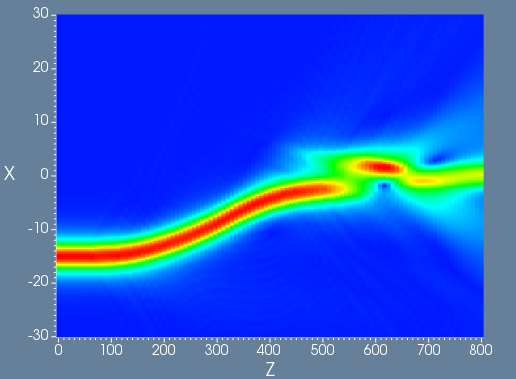Optical power in two or more waveguides can be combined onto a single waveguide. This note describes general properties of a symmetric optical combiner, and shows simulations by OptiBPM. It is possible to achieve lossless operation, such that all the optical power at the inputs reaches the output. However, it turns out that lossless operation is only possible for specific input conditions. For example, if one of the inputs goes dark, there will be an inevitable 3 dB loss on the other arm. This note shows this surprising result in two ways: by theoretical means, and by detailed simulation of the optical propagation by OptiBPM.
Compatibility:
- Application Category: OptiBPM Applications
- Tutorial Series: Applications
- Tags: Applications, beam propagation method, BPM, design, power combiner, simulation
Related:
- Published:


